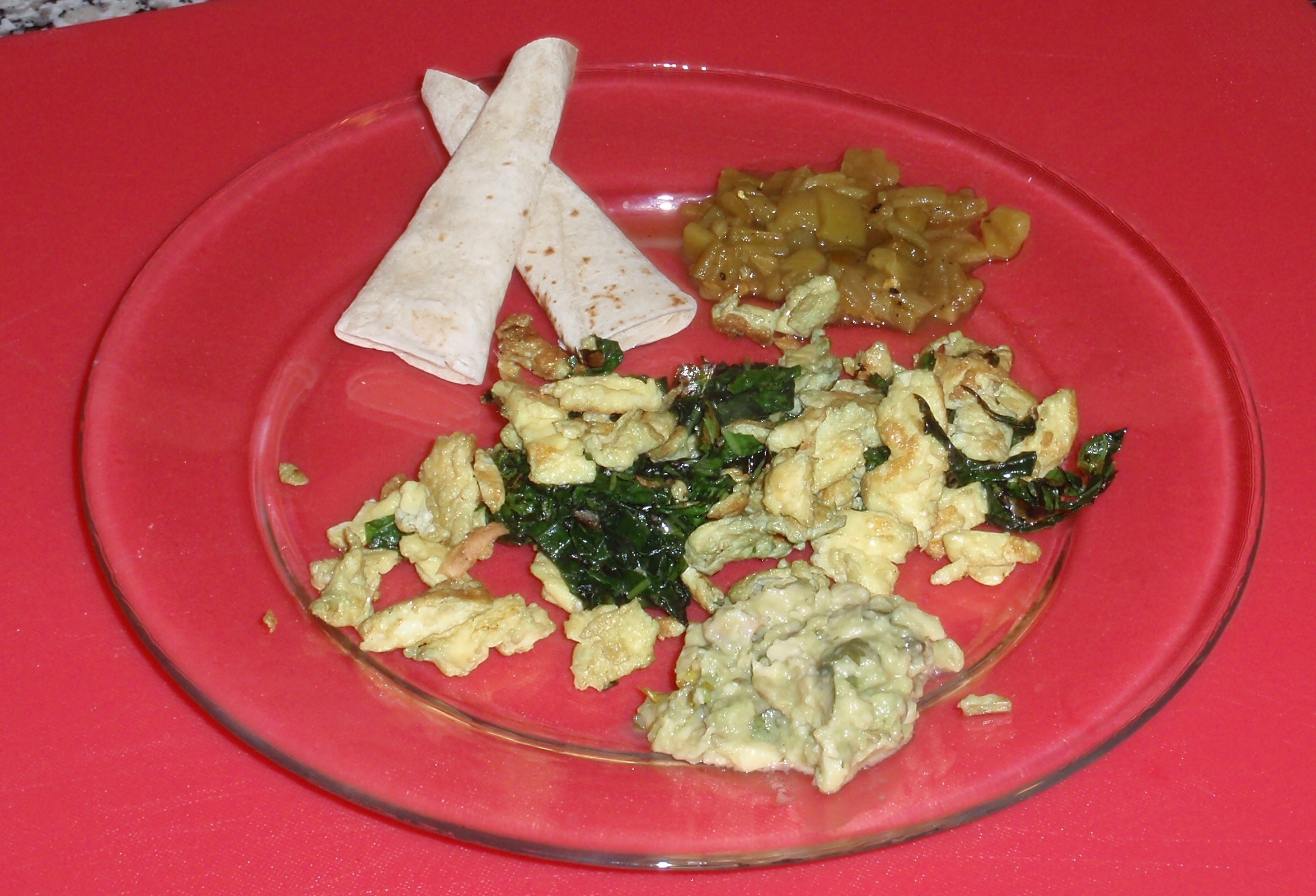Standard Poached Eggs
 Egg on the left (of the photo on the right) was cooked for 2 1/2 minutes, and has a fully runny yolk. Egg on the right was cooked for three minutes, and has a soft yolk that is only slightly runny.
Egg on the left (of the photo on the right) was cooked for 2 1/2 minutes, and has a fully runny yolk. Egg on the right was cooked for three minutes, and has a soft yolk that is only slightly runny.
INGREDIENTS
Fresh COLD eggs
Large pot of simmering (nearly boiling) water (approx 200 degrees)
2 TBL white vinegar and 2 TBL salt
STEP BY STEP
1. Bring large pan of salted water to boiling, then reduce to the merest simmer
2. Add vinegar as a stabilizer
3. Break egg into a dampened bowl (just ran under the faucet and the water dumped)
4. Carefully stir the water to create a SOFT swirling motion
5. Gently slip the egg into the center of the vortex
6. Let cook 2.5 – 3 minutes and remove with a slotted spoon
NOTE: You can discard the loose membrane that floats free from the body of the egg.
7. After you remove it from the water, put it onto a no-lint tea towel to drain slightly. This keeps it from getting your English muffin wet.
8. Serve on toast with a slice of avocado, some feta cheese, and salsa on the side
Poaching Eggs in the Shell
- Start with fresh and cold eggs
- Put eggs into room temperature water
- Heat water quickly over medium high heat
- When water reaches 170º turn burner down to simmer and keep temperature between 165º and 180º
- Let cook for exactly 12 minutes (for soft poached)
Increase to 15 minutes if you like them just a BIT tighter.
- Remove to ice bath for 60 second
- Crack egg directly onto toast or English muffin.
(The white that is retained in the shell is the part the floats around when you poach using the first method on this page. Edible, but not attractive.)
- Optionally, serve with hashed browns
Poaching in a Custard Cup
- Put custard cups in the bottom of a large pot
- Add water so that water comes about one inch above rim of cup
- Add 1/4 C white vinegar and 1 tsp kosher salt
- Bring water to 205-210 degrees (almost boiling)
- Break eggs into a cup outside pot in case the yolk breaks
- Slip eggs into custard cups at 30 second intervals
- Start timing egg poaching cycle with the first egg.
NOTE: It might take extra time to poach your egg to your liking since it is “enclosed.” Start with four minutes per egg.
- After removing the first egg, remove the next egg 30 seconds later
- Test this on yourself, before you expose your guests to it.
My wife prefers an Egg Poacher, and I am not covering that preparation here because it is very easy: Put eggs into the poacher, add some water and press a button. On the up side, you get nearly perfect poached eggs every time.
Here is the one she uses: West Bend Egg Poacher – – available from Amazon for about $35. Very easy, and very consistent. This can also be used for hard-boiling eggs, although she uses it just for poaching.
TIPS AND TRICKS
- You do not need to refrigerate eggs IF they have not been cleaned and processed. If you get them in a typical supermarket and there are no feathers or poop on them, refrigerate them because the protective coating is gone.
- Don’t use raw eggs past the “marked date” from the package for anything other than fully cooked eggs.
- The white of fresh eggs will stay more intact than the white of older eggs, which tend to spread out, so use fresh eggs for poached eggs.
- Another tip is to break the egg into a colander, and allow the loose white to strain. Poach only the remaining white and yolk
- Carmelize onions and serve on English muffin, spinach, ham and cheese. Top with poached egg.
COOKING FOR A LARGE GROUP?
- You can par boil them ahead and put into ice water to store. Cook for only two minutes, the remove to ice water. To reheat them, just put back into boiling water for two minutes. This is how cruise ships and hotels do their poached eggs.
- If you are serving a large group all at the same time, after cooking put them into water at 150º until ready to plate.
- To cook four eggs at a time, put four custard cups into a boiling pot of water. Put eggs into each up at 15 second intervals. Remove the first at 3 minutes, then the others at 15 second intervals. Put into an ice bath to stop cooking. Refrigerate up to 8 hours. Reheat for two minutes in boiling water.
Another good recipe is poaching eggs in marinara sauce. Heat your canned crushed tomatoes (San Marzano) to boiling. Cook about three minutes. Reduce to a simmer and put your whole eggs into the sauce. Cover and cook for 2 1/2 minutes. Scoop out tomato with egg in the center and put on toast.
Steaming Eggs
You can put eggs into the basket of a standard steamer. 8 minutes for soft, 10 for medium, and 12 for solid yolks.
Need to test and debug
- Put water, enough to cover custard cups by 1/2 inch
- Add 3 TBL vinegar and 1 tsp salt
- Bring to boiling
- Prep a bowl of ice and water
- Use fresh eggs
- Put egg into the custard cup
- Add others 30 seconds apart
- Set water to 205º
- Cook 5 minutes each
- –





